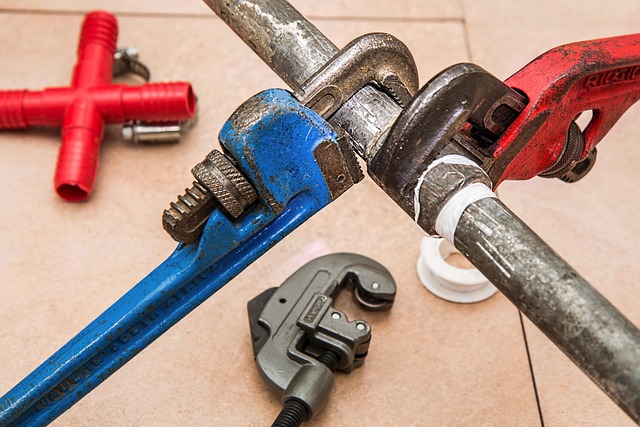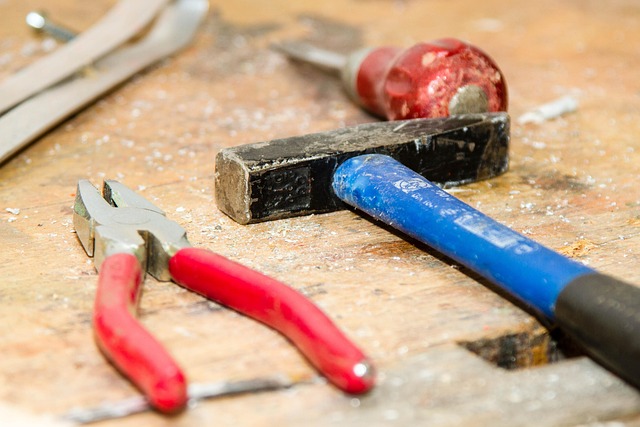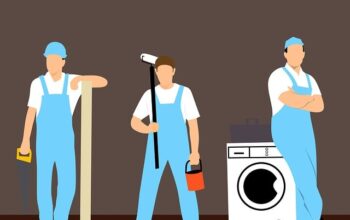DIY home repair offers cost savings but common issues like leaky faucets, misaligned shelves, and structural problems require professional attention. A well-equipped toolbox with hand and power tools enables homeowners to handle minor repairs. For complex plumbing or structural issues, professional handyman services are crucial for safety and preventing long-term damage during Home Repair and Maintenance.
Need help with those pesky DIY projects that have turned into disasters? This guide is your go-to resource for mastering home repair and maintenance. Discover handyman solutions for common failures, from quick fixes for plumbing troubles to identifying structural issues that demand professional attention. Equip yourself with essential tools and practical knowledge to tackle tasks confidently, ensuring a well-maintained and safe living space.
- Common DIY Failures and Quick Fixes
- Essential Tools for Home Repair
- Plumbing Troubles: DIY Solutions
- Structural Issues: When to Call a Pro
Common DIY Failures and Quick Fixes

DIY projects can be rewarding, but they often come with their fair share of mishaps. From poorly measured cuts to tricky installations, common DIY failures are a part of the home repair and maintenance journey for many. One of the most frequent issues is faulty plumbing, such as leaky faucets or blocked drains, which require quick fixes like replacing washer parts or using plungers. Another prevalent problem is misaligned shelves or wobbly furniture, easily rectifiable with adjustable brackets or stronger hardware.
Electrical mishaps, while potentially dangerous, can often be easily addressed by checking connections and ensuring proper grounding. For structural issues like loose baseboards or warped floors, simple tricks like using hairdryers to shrink gaps or applying wood filler can offer temporary solutions until a more permanent repair is feasible. Remember, knowing these common DIY failures in advance allows for better preparation and empowers homeowners to tackle minor issues with confidence.
Essential Tools for Home Repair

When it comes to tackling DIY projects around the house, having the right tools is essential for success. A well-stocked toolbox can turn even the most challenging home repair into a manageable task. For beginners, investing in a few fundamental tools is crucial. These include a sturdy hammer, versatile screwdrivers (both flathead and Phillips), a measuring tape, level, pliers, and a set of adjustable wrenches. These versatile tools are indispensable for nailing, screwing, measuring, and tightening during various home repair and maintenance tasks.
Beyond these basics, a handyman might consider adding specialized tools like a power drill with different bit sets, a circular saw, a jigsaw, and a utility knife. These electrical tools can significantly enhance efficiency, making complex repairs quicker and more accessible. With the right combination of hand tools and power tools, homeowners can confidently tackle a wide range of projects, ensuring their homes remain well-maintained and in top condition.
Plumbing Troubles: DIY Solutions

Plumbing issues can arise from simple mishaps like forgetting to turn off the water supply before starting a repair or misjudging the depth of a leak. For minor DIY failures, there are quick fixes that can be readily achieved with basic tools and supplies. One common solution involves using a plunger for clogs; this method is effective for sinks, toilets, and drains. Plungers create suction, dislodging blockages caused by hair, soap scum, or foreign objects.
For more complex problems like broken pipes or faulty fixtures, it’s best to consult a professional handyman service. While DIY can save costs, home repair and maintenance experts have the tools and knowledge to tackle serious plumbing troubles. They can also provide advice on preventing future issues, ensuring your home remains in top condition.
Structural Issues: When to Call a Pro

Structural issues in your home are serious matters that can’t be ignored. While DIY enthusiasts might be inclined to tackle basic repairs, structural problems often require specialized knowledge and expertise. Attempting to fix significant structural damage yourself could lead to further complications and pose potential safety risks.
If you notice cracks in your foundation, uneven floors, sagging ceilings, or doors and windows that don’t shut properly, it’s time to call a professional. Experienced contractors have the tools and understanding to assess and address these issues correctly. Prioritizing home repair and maintenance by seeking expert help for structural problems ensures your safety and prevents costly long-term damage.
When it comes to home repair and maintenance, recognizing common DIY failures is the first step towards becoming a more proficient handyman. By understanding typical mistakes and knowing when to seek professional help, you can effectively navigate through various tasks. The right tools and knowledge, such as those provided in this article, empower you to tackle minor issues, ensuring your home remains in top condition without breaking the bank. Remember, while DIY projects offer numerous benefits, some structural concerns may require professional expertise to ensure safety and longevity.



